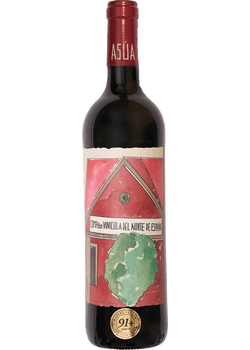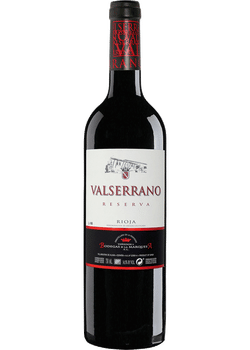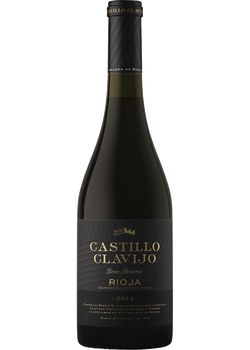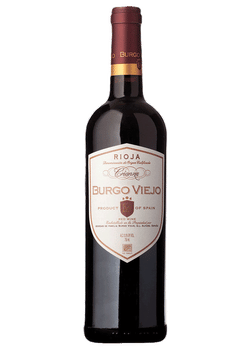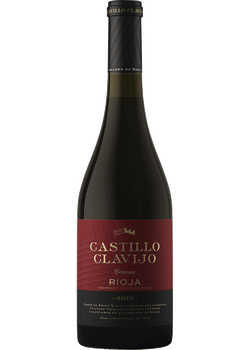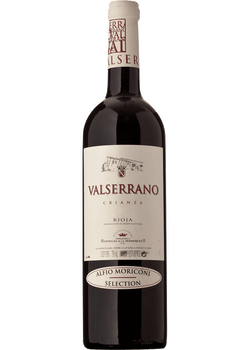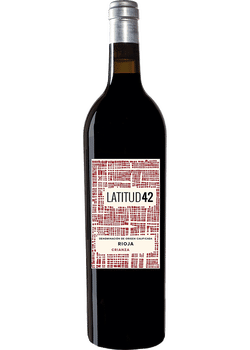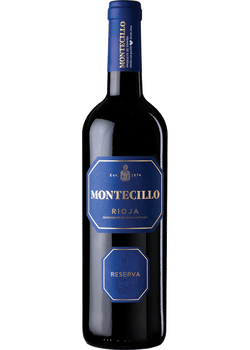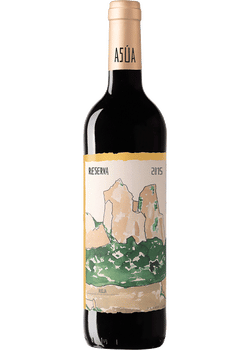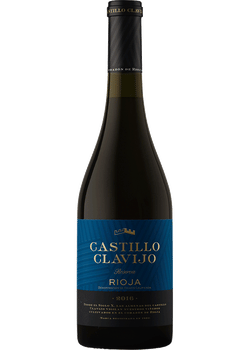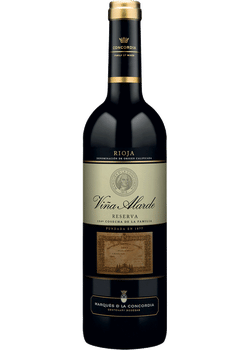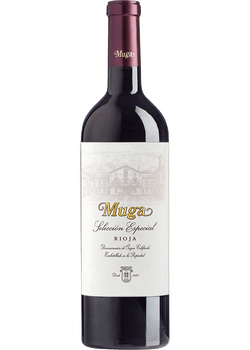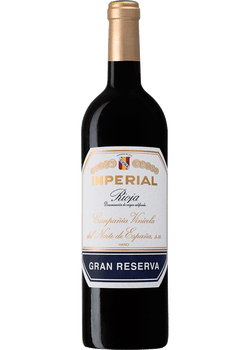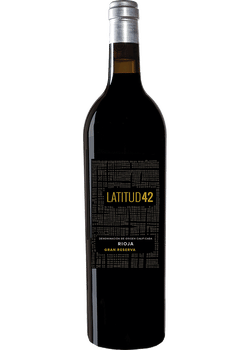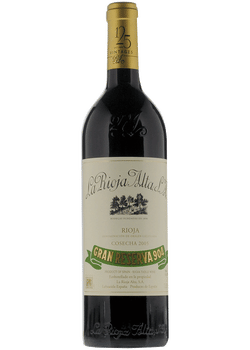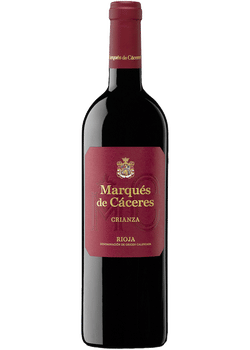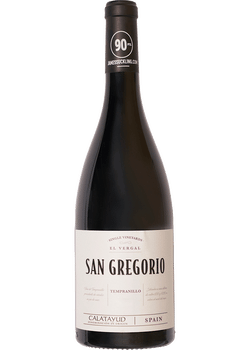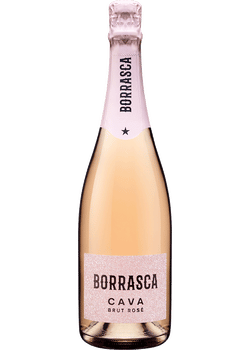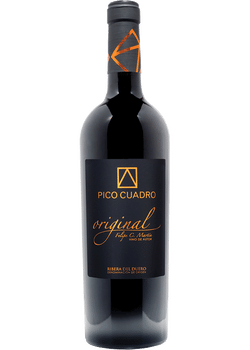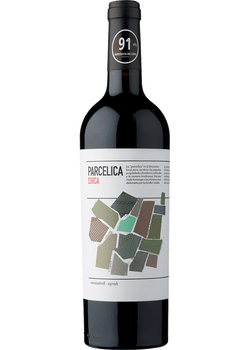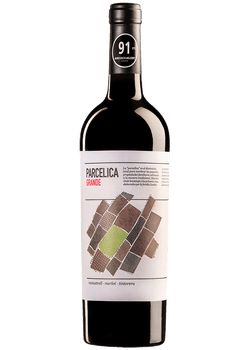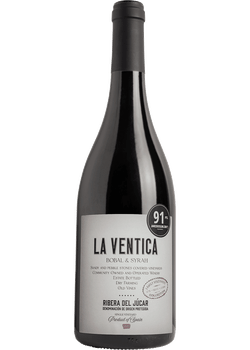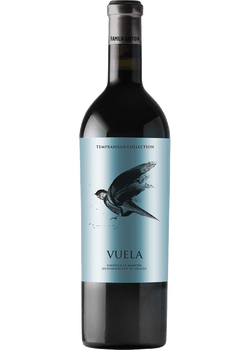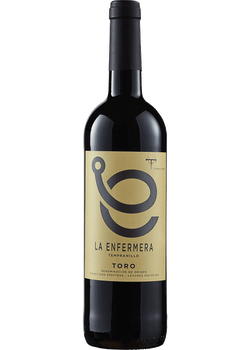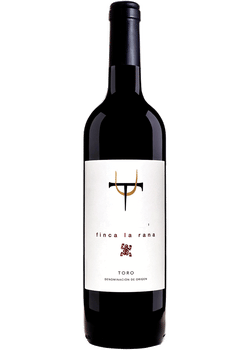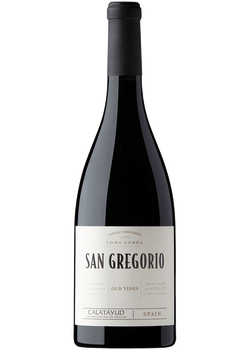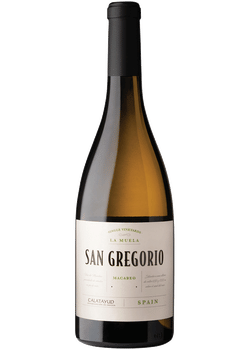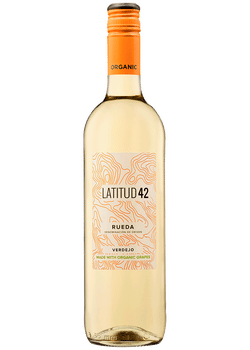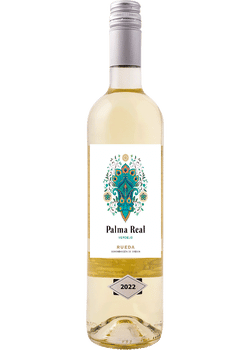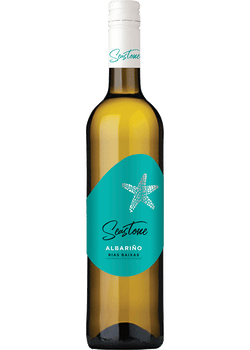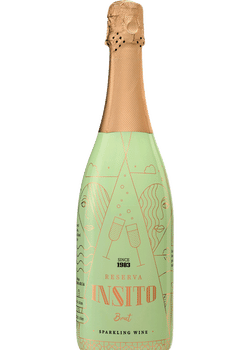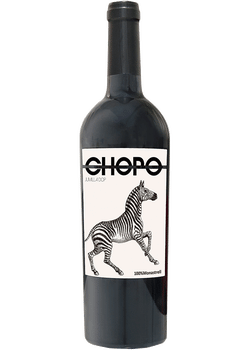No country in Western Europe can boast such a vibrant mix of wine, food, and people as Spain. It’s the country of flamenco and tapas, bullfighting, and sangria. But as much as we enjoy Spanish red wine and these parts of Spain’s culture, many wine lovers are still getting to know the Spanish wine regions where famous wines like Tempranillo, Sherry, and Cava are created.
Each region of Spain has its unique geography and climate that shapes the wine. There’s something direct, rustic, and intense about all Spanish wines. Each Spanish wine shows a sense of place, and it’s perfectly in sync with the foods and flavors that are native to its home region.
Uncorking a good bottle of Spanish wine is all about creating the magic that happens when you pair the right wine and food, so keep reading for lots of pairing ideas and tips for your next fiesta.
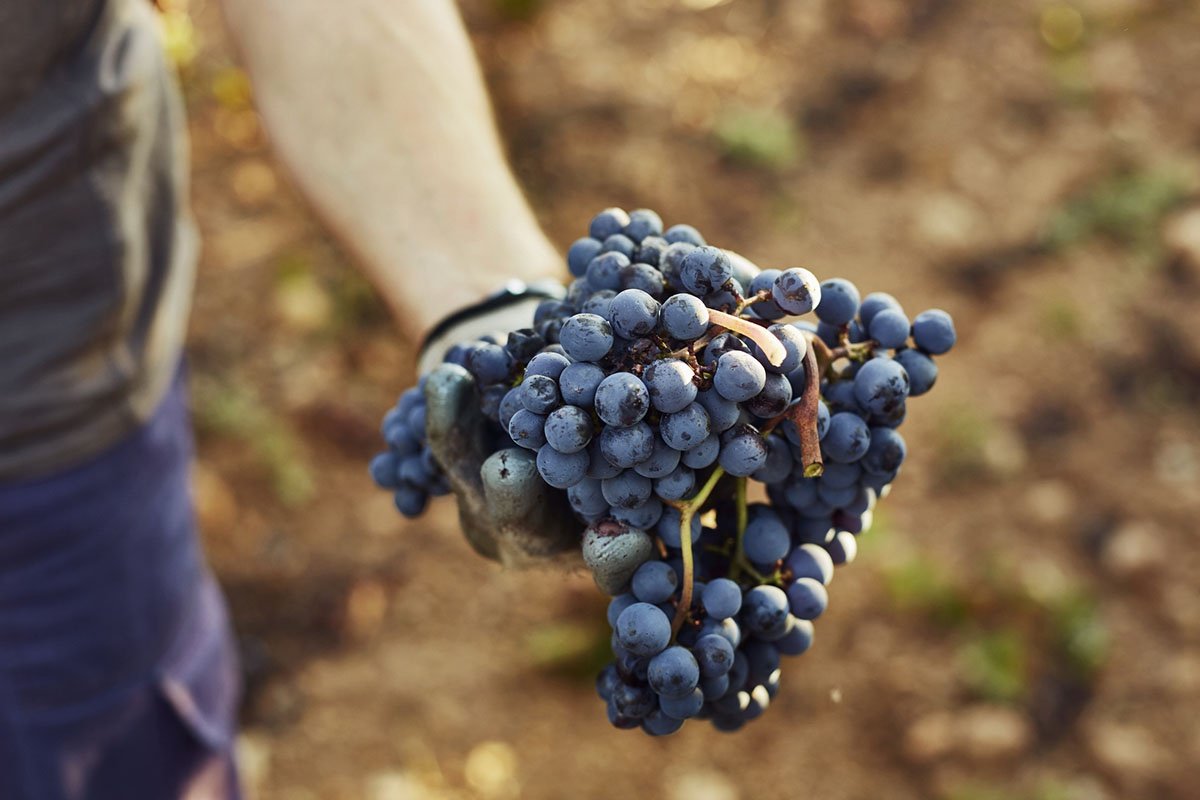
4 facts to know about Spanish wine
- The Phoenicians established wine production near Cádiz, Spain, dating back to the eighth century BC. But many historians believe wine grape cultivation started much earlier, between 4,000 and 3,000 BC.
- Spanish missionaries helped bring European grape cuttings and wine culture to the new world as they planted vineyards that produced wine for religious purposes and to help support the missions.
- Spain’s most widely planted wine grape is Tempranillo, an early-ripening black grape that makes juicy and bold red wines. The name Tempranillo is based on the Spanish word for early: temprano.
- When you toast in Spain, say “Salud” (sah-LOOTH), which means “to your health.”
Spanish wine quality designations and aging levels
Like in France and Italy, winery owners in Spain form regional associations to guide grape growing and winemaking and ensure that the region’s wines maintain their high quality. When you see the letters for Denominación de Origen (DO) or Denominación de Origen Protegida (DOP) on a Spanish wine, it’s a guarantee of quality. Two areas, Priorat and Rioja, are higher level Denominación de Origen Calificada (DOCa). A new designation called Vino de Pago (VDP) is for wines grown in Spain’s top vineyards.
In Rioja, here are the commonly used aging levels for red and white wines. Locally in Rioja, you’ll also find joven or “young” wines that are even fresher.
Crianza
 This is the entry-level aging tier. White Crianzas are aged at least six months in oak. Red Crianzas are aged two years, with at least one in oak.
This is the entry-level aging tier. White Crianzas are aged at least six months in oak. Red Crianzas are aged two years, with at least one in oak.
Reserva
 White Reserva wines spend at least six months in oak, with two years of total aging. Reserva Red wines are aged at least three years with one year in oak.
White Reserva wines spend at least six months in oak, with two years of total aging. Reserva Red wines are aged at least three years with one year in oak.
Gran Reserva
 To be labeled a Gran Reserva, red wine must age five years with two in an oak barrel. White Gran Reserva wines see one year in oak and age for four years total.
To be labeled a Gran Reserva, red wine must age five years with two in an oak barrel. White Gran Reserva wines see one year in oak and age for four years total.
4+ Star Customer Rated Rioja
Spanish wine regions to know
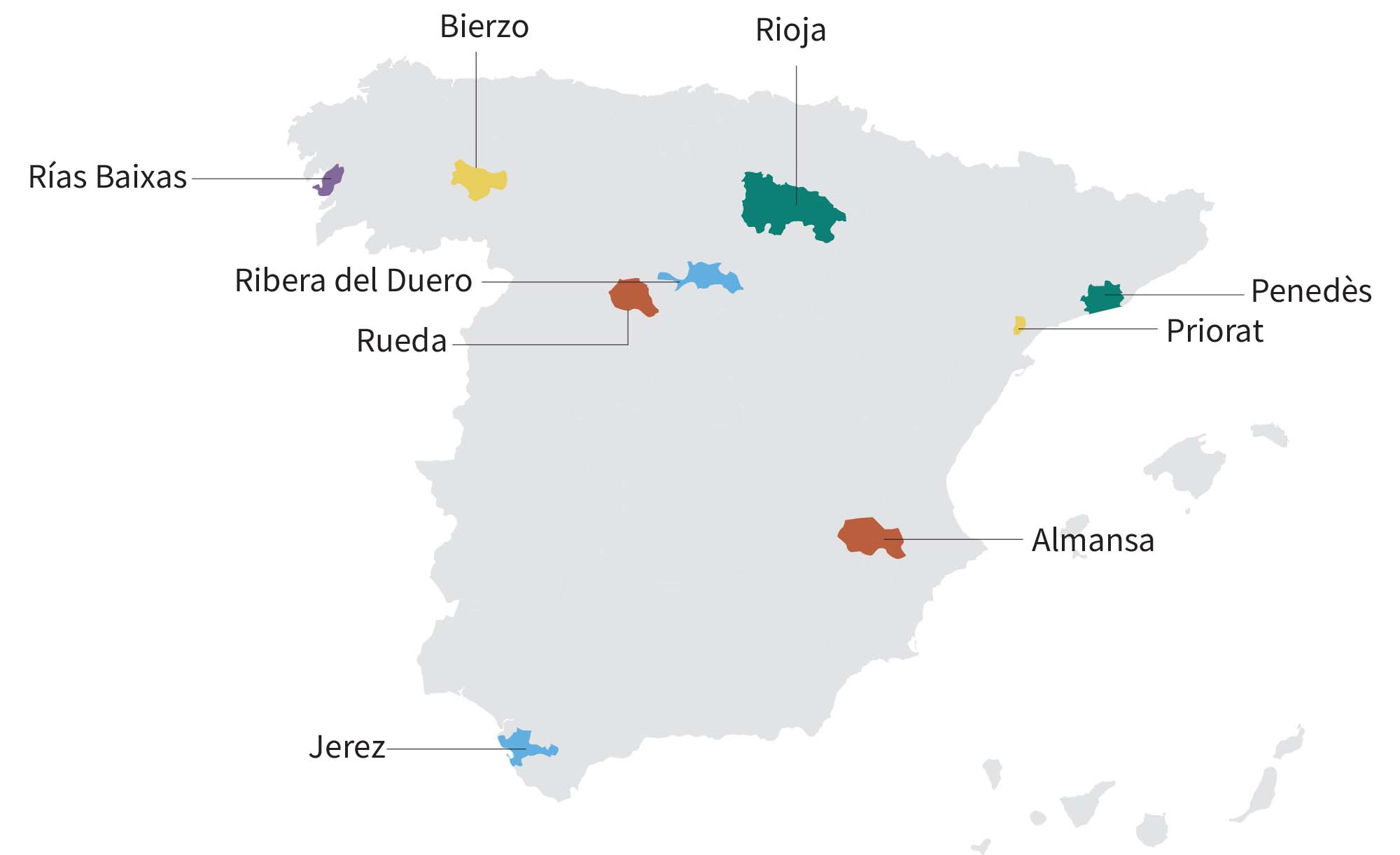
Each Spanish wine region has its distinct climate and wines that reflect the geography and growing conditions. Use this quick survey of major Spanish wine regions as a guide next time you’re planning a meal or shopping.
Rioja
La Rioja is the smallest region in Spain, but it’s famous for its wines, especially the red ones. Mountain ranges shield Rioja from the Atlantic’s wet and cold influence. Sometimes referred to as the Bordeaux of Spain, Rioja is well known for blended wines and long-aging both red and white wines in large oak casks or used barrels. Some producers still do this to stunning effect, but others now make wines in a fresher, more international style.
The star red grape is Tempranillo, which is made into bold red wines with notes of dark cherry and black plum with hints of leather, vanilla, dill, and spice. It’s often blended with Garnacha (aka Grenache), Graciano, and Mazuelo. Pair Tempranillo blends with sautéed mushrooms, sausages, roasted lamb, or stuffed red peppers.
White wine lovers will be blown away by Rioja’s white blends, which feature the Viura grape. The best Viura whites have notes of melon, lemongrass, anise, toasted hazelnut, and lime zest. Pair white Rioja with salads, anything with garlic, grilled fish, and paella.
Rioja also yields delicious rosés from Garnacha or Tempranillo full of pink watermelon, strawberry, and herbal notes. Pair them with paella or tapas like baby calamari in garlic.
Bierzo
The Bierzo region is new for many wine drinkers, but you’ve probably heard about the region’s most famous grape: Mencía. Most Mencía is medium-bodied with bold tannins balanced by exuberant fruit like dark berries, warm spice, gamy notes, and acidity. Bierzo is in the far northwest of Spain, and some parts get coastal influence, while others are hot and dry. The soils are varied with lots of quartz and slate. Some people think Mencía wines taste like a mashup of Pinot Noir and Syrah, so it pairs well with everything from mushroom dishes to meaty entrees, especially cooked on the grill.
Penedès
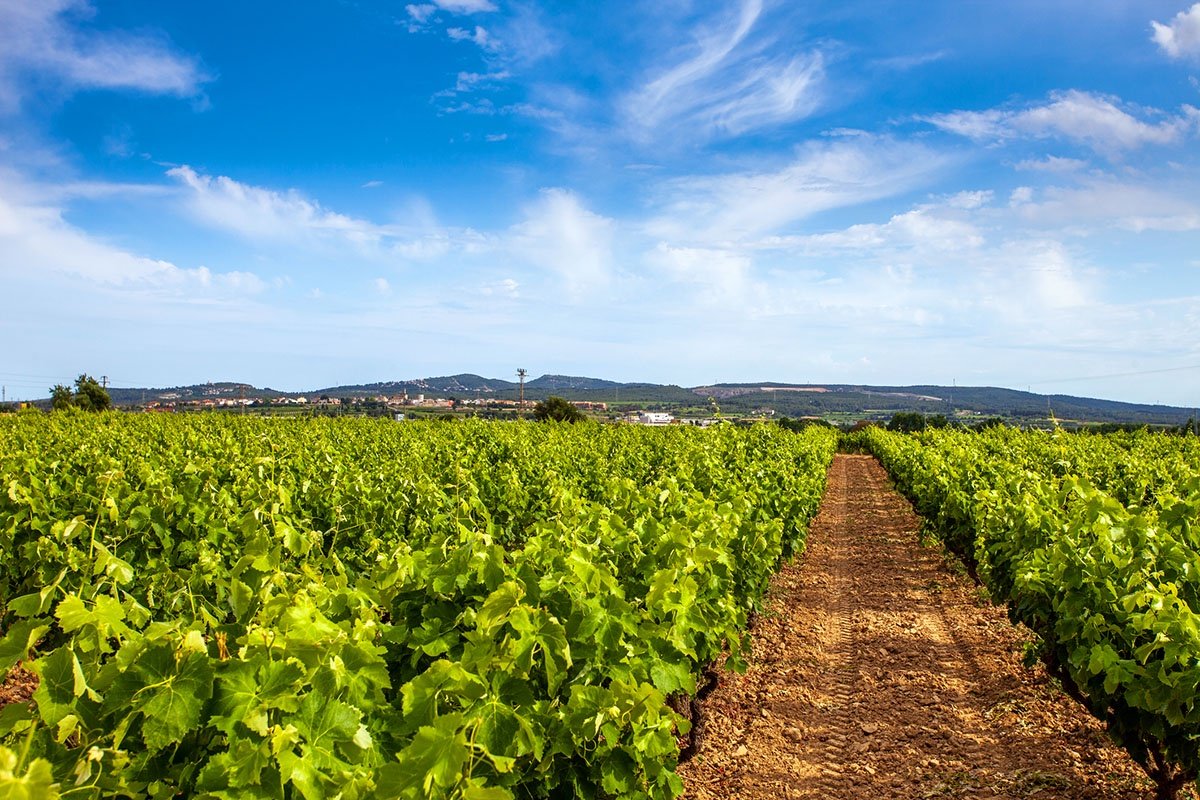
Just about 30 minutes from Barcelona, the Penedès is the capital of Cava, the signature sparkling wine of Spain. Like Champagne, Cava’s second fermentation happens inside the bottle. And Cava is also a blend of three indigenous grapes: Xarel-lo, Macabeu, and Parellada. The sparkling wine was originally called xampany, but after Champagne makers protested, it was changed to Cava, referring to the caves where the wines are aged.
Younger Cavas have apple, mineral, and floral flavors, while longer aged Cavas show nuts, toasted bread, and candied fruits. Most Cavas are made in a pale brut style, but you’ll also find rosé Cavas that get their hue from Garnacha, Trepat, Pinot Noir, or Monastrell.
Pair Cava with brunch, tomato dishes including pizza, Spanish Jamon, garlic shrimp, and all manner of Mediterranean dishes.
Ribera del Duero
The Ribera del Duero is the other contender for Spain’s best Tempranillo wines, though here it’s often called tinto fino or tinta del pais. The vineyards fan out from the Duero River in this dry region with lots of sunlight and cold nights. Tempranillo wines from Ribera del Duero are bold with flavors of dark cherry, blackberry, and preserved figs accented with notes of leather and sweet cigar. They’re somewhat like Cabernet Sauvignon, but with less oak influence and slightly lower alcohol than a California Cab. Pair Tempranillo with grilled foods, meaty dishes, and rich pastas.
Rueda
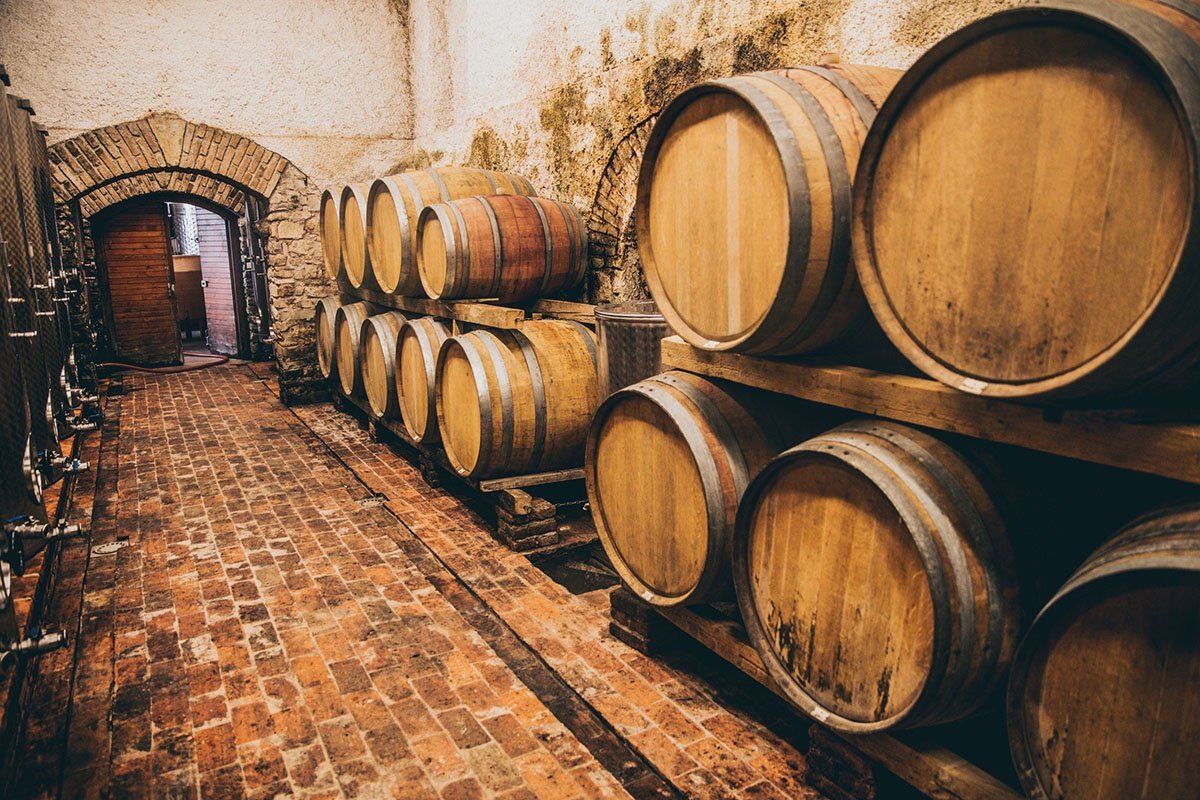
This region is the home of Verdejo, a crisp, greenish grape that makes some of the best white wine in all of Spain. The grape is native to North Africa and was brought to Spain in the 11th century. It thrives in Rueda’s brutal summers and frigid winters. Young Verdejo wines sing with Meyer lemon, lime, anise, white peaches, and minerals. Pair young, unoaked Verdejo with seafood, salads, and fried calamari. Aged in oak, Verdejo takes on toasted almond flavors that are perfect with coconut curry, potato dishes, and local favorite chicken in almond sauce.
Almansa
In the Castilla-La Mancha region, you’ll find a small town and province called Almansa. Almansa’s claims to fame are a historic castle and the signature red wines made from Garnacha Tintorera and Monastrell, a grape that originated in North Africa, according to Master of Wine Jancis Robinson. Almansa has hot summers and cold winters. About 80% of Almansa’s vineyards are old vines that grow wild without trellises at higher elevations, so the resulting wines show bright acidity and concentrated flavors.
Garnacha Tintorera (aka Alicante Bouschet in France) is a red-skinned and red-fleshed grape that makes wines with notes of black olive, plum, black truffle, and hints of olive-oil richness and nuttiness. Pair it with richly flavored meats, cheeses, sausages, and dishes with olives.
The region is also perfect for Monastrell (aka Mourvèdre) wines in a bright, juicy, and international style brimming with red fruit, spice, and velvety tannins. Pair it with black bean stew, bold cheeses, and meaty dishes.
Priorat
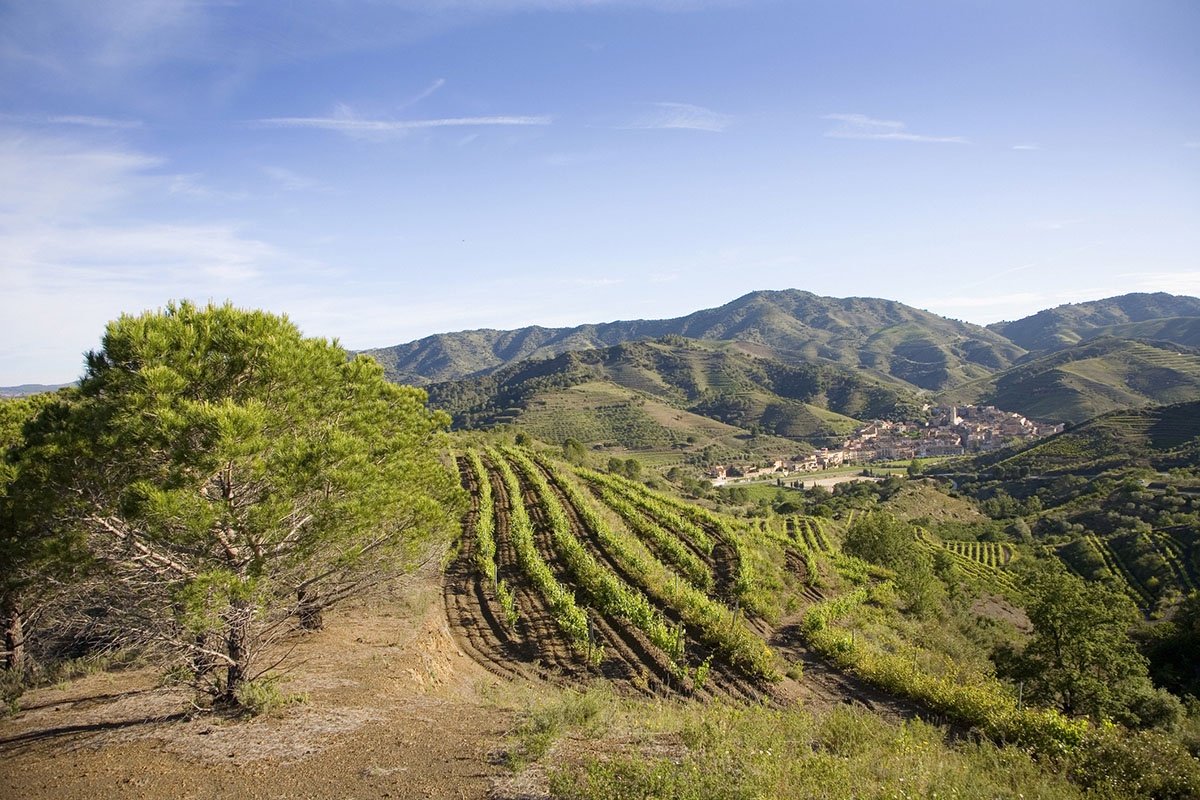
This tiny region of Catalunya has a long winemaking history that goes back to the 1100s. The pest phylloxera destroyed most of the vineyards in the 1800s, and vines weren’t replanted for decades. In the 1980s, French-Spanish wine visionary René Barbier Ferrer introduced planting small walled vineyards. Today, Priorat is renowned for the massive Garnacha and Carineña (Carignan) red wines, often blended with French varietals like Cabernet Sauvignon and Merlot.
The wines are concentrated due to the high percentage of old vines and have intense minerality coming from the soil. Expect flavors of red and black cherries and plums, along with herbal notes of lavender, violets, licorice, and thyme. Pair red wines with roasted vegetables, duck, venison, lamb, and hearty stews.
There’s also a small amount of interesting white wine made here, from varietals like Garnacha Blanca, Carineña Blanca, Macabeu, and Xarel-lo, used in Cava. These dry, mineral and herbal Priorat white wines often see experimental techniques like skin contact, wild yeasts, and aging in alternatives to oak barrels, so they’re worth a try.
Rías Baixas
Albariño is probably the best-loved white wine from Spain, a crisp, aromatic, and zesty wine ideally suited to its home province of Rías Baixas (pronounced REE-us bye-SHUS.) Tucked away in Galicia at the northwest corner of Spain, Rias Baixas is named for the skinny, finger-shaped inlets punctuating the coastline. It’s a rainy area with extreme temperatures moderated by the ocean.
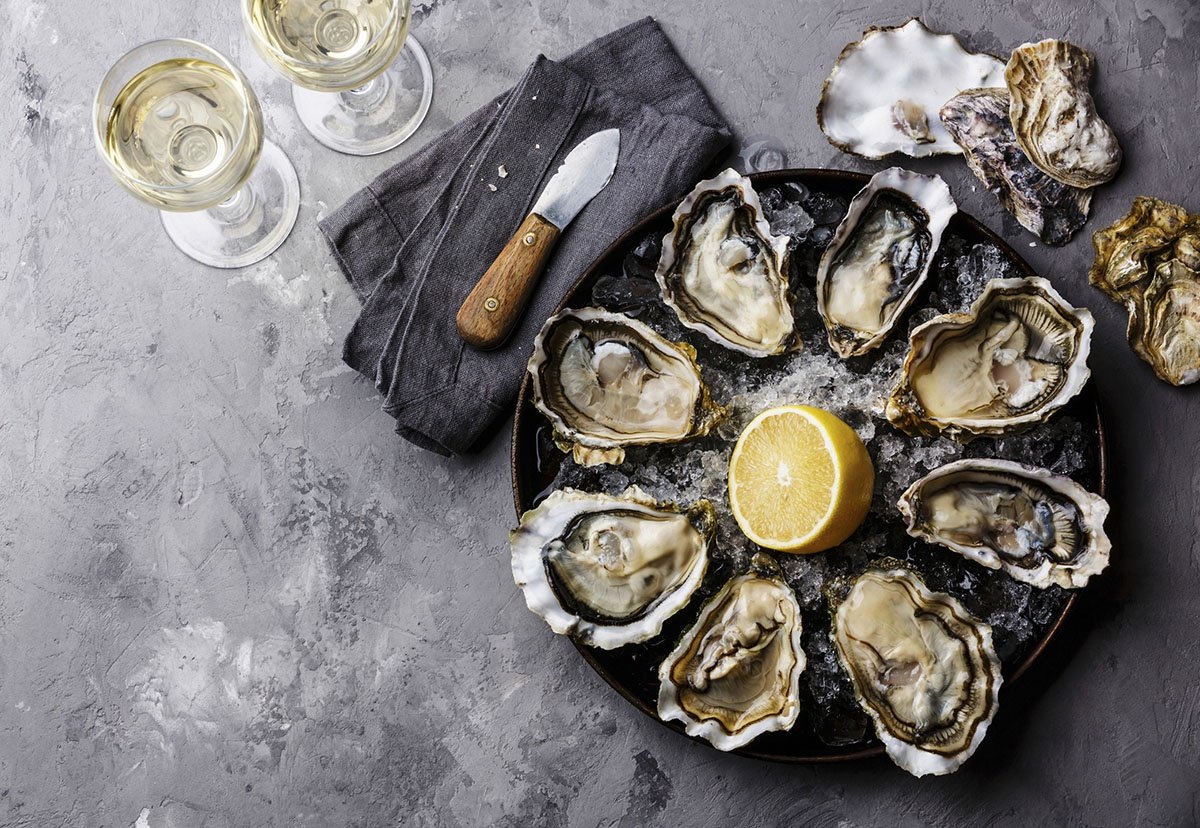
While Albariño has young, fresh fruit notes of white peach, kiwi, lime zest, ginger, they also benefit from aging for a year or two. Over time, the wine is lusher, and the fruit notes are still vibrant. Pair Albariño with any shellfish: mussels, clams, shrimp, scallops, or lobster.
Jerez
Located in the southwestern region of Andalucía, Jerez is one of the most romantic and historic parts of Spain. The passionate flamenco dance started here, and it’s home to bullfighting, tapas, and ornate Moorish architecture. But the biggest claim to fame is the fortified wine called Sherry.
Sherry is made via a complex process of aging and blending. The grape blend depends on whether the goal is a dry or a sweet Sherry. Dry wines start with Palomino grapes, while sweeter styles rely on Moscatel and Pedro Ximénez grapes that are left to dry out a bit on the vine.
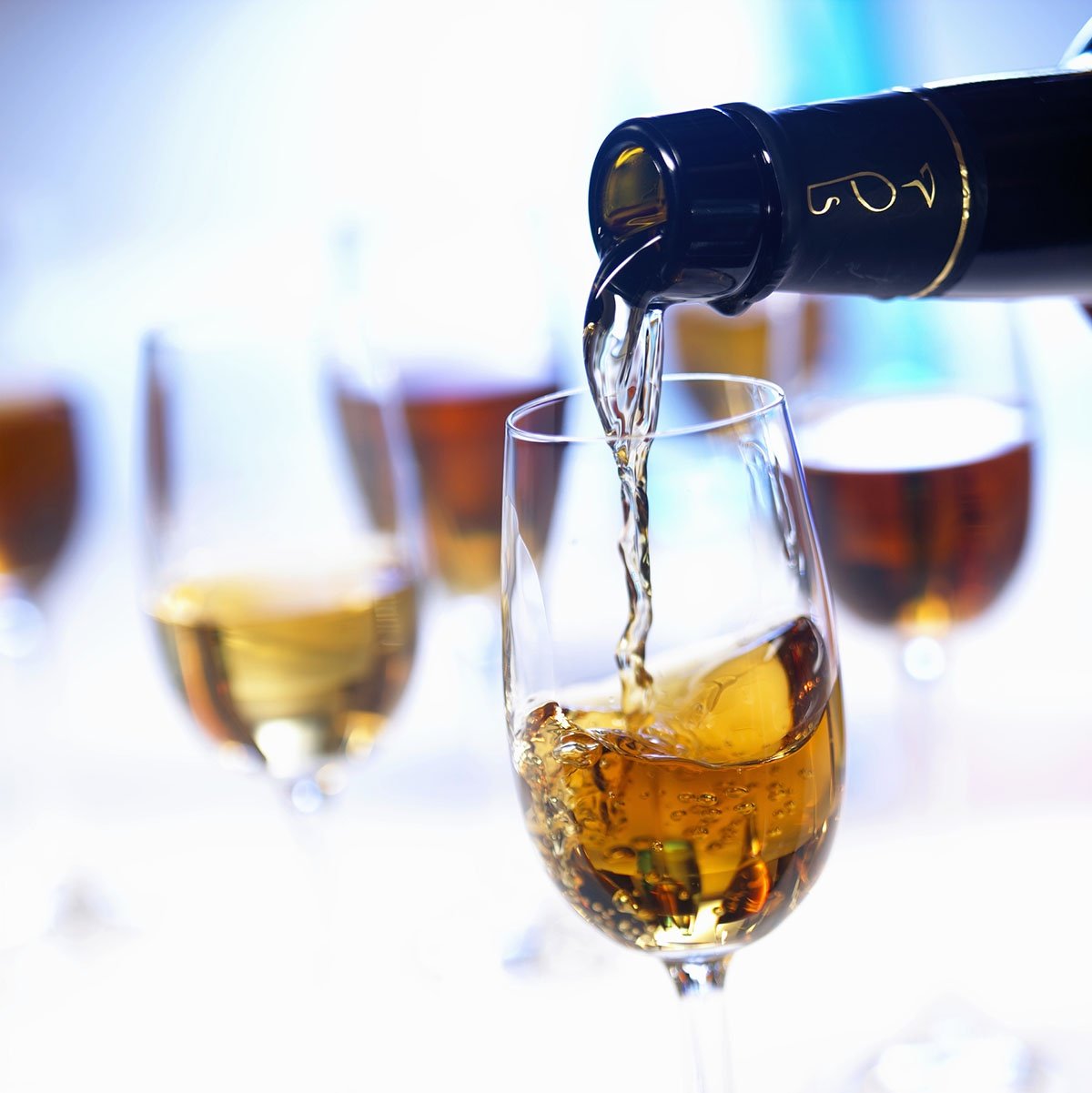
The wines are fortified to 15 to 22% alcohol with neutral grape spirits. Then they’re aged briefly in wood before being put into a solera system for more aging and blending. Some Sherries take on oxidized and nutty flavors as they age. Others age along with a yeast byproduct called flor that protects the wine from oxygen.
A dry Sherry like a Manzanilla has aromas and flavors of chamomile tea (Manzanilla means “chamomile” in Spanish), toasted almonds, and bread mixed with a slight saltiness and acidity. Pair Manzanilla Sherry with calamari, grilled scallops, seafood stew, or shrimp scampi.
The sweetest Sherry is Pedro Ximénez, which is aged, blended, and fortified to create a wine with flavors of candied figs, dates, and honey along with warm spices and coffee. Pair P.X. Sherry with chocolate cake, dark spice cake, or a cheese board full of richly flavored cheeses, dried fruit, and toasted nuts.
We hope you’ve enjoyed this excursion through Spain’s major wine regions. To learn more, visit our Cava Wine Guide or our Dessert Wine Guide to learn more about Sherry.

